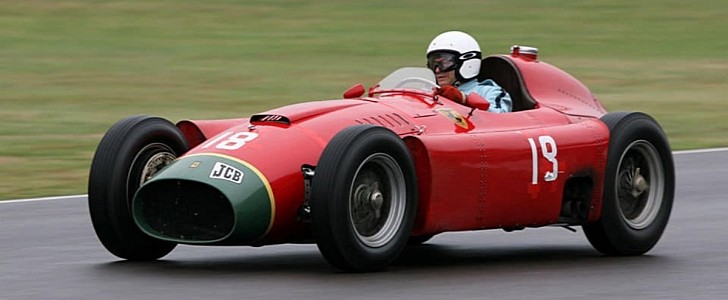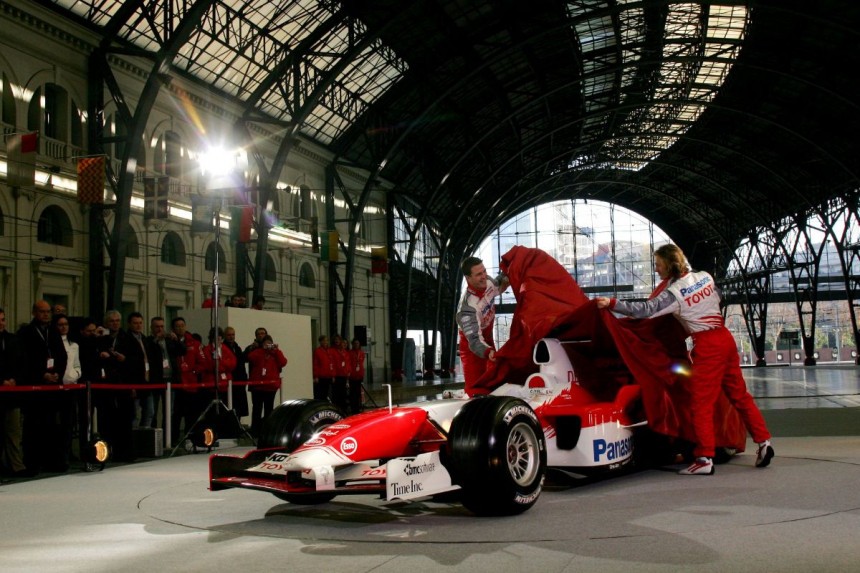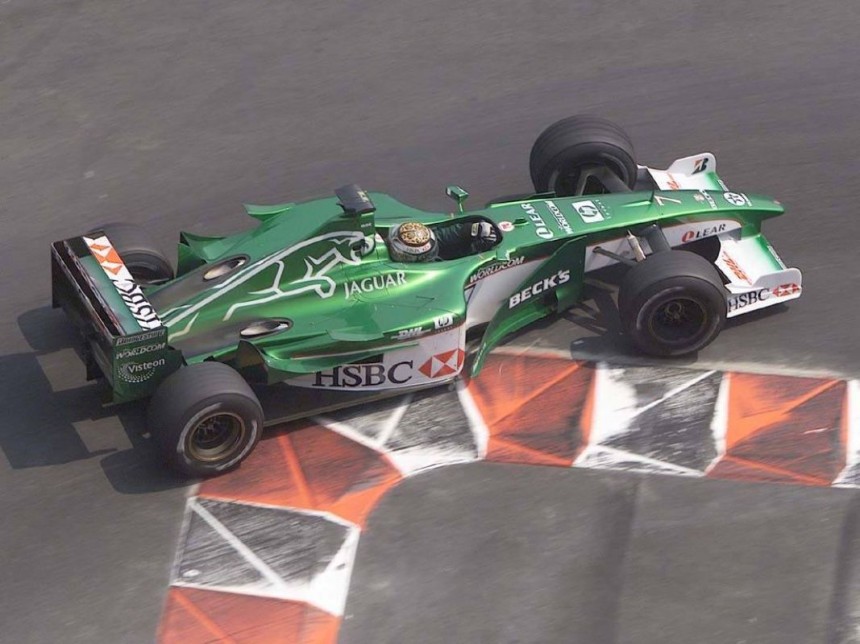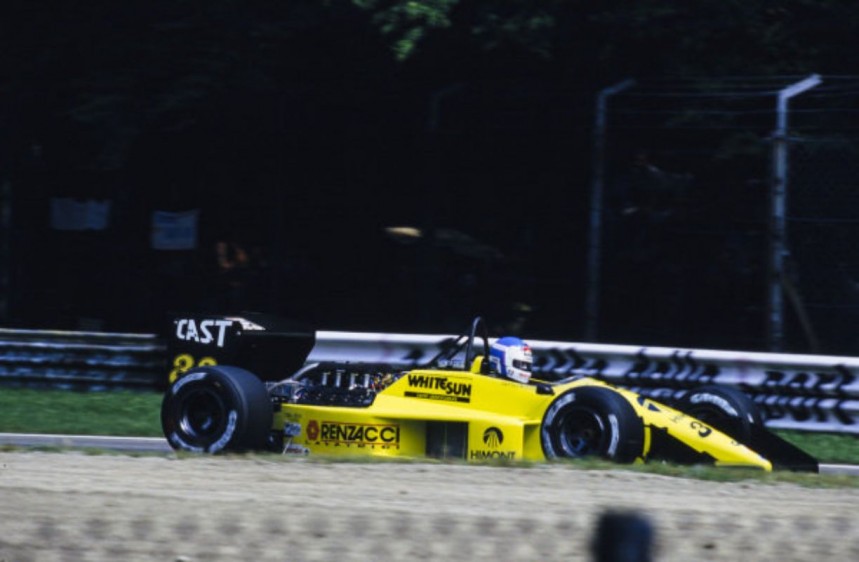For most of the history of Formula One, the World Championship has been dominated by car manufacturers, whether it was entire works teams or engine suppliers. And, with the talks getting bigger and bigger that Audi and Porsche will enter F1 in the near future, we want to remind our readers about the manufacturers that failed horribly in the Grand Prix world.
Even though the automakers have the resources and the knowledge to provide everything to create successful racing cars, sometimes they end up in the mud. And they are plenty of examples.
Toyota - It could not have been somebody else at the top of the biggest failures in F1 history. For eight years, the Japanese automaker spent huge loads of money just to take three pole positions, 13 podiums, and precisely zero victories.
You need to understand that Toyota invested some of the most considerable sums of money. They had great expectations due to the fact that they were becoming the most prominent car manufacturer in the world. That's why the scale of its failure it's so big.
From the beginning, Toyota underestimated the fast-moving world of F1, thinking they could succeed with this "corporate mentality." Sure, this was an excellent approach for models like Corolla or Celica, but not for motorsport.
Subaru - Subaru is famous in motorsport for its rallying success, and it's often forgotten that they had a shot in F1 as well. But rally cars and single-seaters are incredibly different.
After a first attempt to team up with the Minardi team fell through, the Japanese brand instead opted to partner with Minardi's Italian rivals, Coloni, buying 51% of the group.
However, Subaru's 3.5 liter V12 boxer engine was heavy, unreliable, and gutless. After failing to qualify for the first eight races of the 1990 season, Subaru's parent company decided enough is enough and pulled out before a new and improved engine could be introduced.
Jaguar - Despite the success of its engine, Ford didn't have its own working team in F1. But, in 2000, they took over the race-winning Stewart team and rebranded it as Jaguar (Jaguar was owned by Ford back then).
The base idea was to dominate Formula One with this car brand as the "British Ferrari", but the first year of competing was a total failure. The best results for Jaguar were achieved by Eddie Irvine, who took a third place at the 2001 Monaco Grand Prix, and again one year later in Monza. Australian driver Mark Webber had some fantastic performances for the next two years, but the British team never finished higher than seventh in the standings.
Ford lost interest and budgets were reduced. After considering rebranding the team as a Ford works team, the American brand decided to pull out from the Grand Prix world. As a result, Red Bull bought the Jaguar team in 2005, winning four World Championships between 2010 and 2013, and today is a powerhouse in Formula One.
Lamborghini - The Italian supercars manufacturer lasted in F1 from 1989 until 1993, achieving only one podium in the 1990 Japanese Grand Prix.
Back then, Chrysler owned Lamborghini, supplying its V12 engine to the French Larrousse team and then to Lotus. For the 1993 season, Lamborghini focused all its effort on engines, resupplying Larrousse with a new and improved V12 engine.
Ayrton Senna tested the McLaren Lamborghini, which was 60 hp more powerful and lighter than the Ford engine he was using. The Brazilian driver pushed to run it in the final three races of the 1993 season. However, McLaren signed with Peugeot for 94 instead, and the Lamborghini engine was never seen again in Formula One.
Hopefully, Audi and Porsche will be more careful and pay more attention to what it takes to succeed.
Toyota - It could not have been somebody else at the top of the biggest failures in F1 history. For eight years, the Japanese automaker spent huge loads of money just to take three pole positions, 13 podiums, and precisely zero victories.
You need to understand that Toyota invested some of the most considerable sums of money. They had great expectations due to the fact that they were becoming the most prominent car manufacturer in the world. That's why the scale of its failure it's so big.
From the beginning, Toyota underestimated the fast-moving world of F1, thinking they could succeed with this "corporate mentality." Sure, this was an excellent approach for models like Corolla or Celica, but not for motorsport.
After a first attempt to team up with the Minardi team fell through, the Japanese brand instead opted to partner with Minardi's Italian rivals, Coloni, buying 51% of the group.
However, Subaru's 3.5 liter V12 boxer engine was heavy, unreliable, and gutless. After failing to qualify for the first eight races of the 1990 season, Subaru's parent company decided enough is enough and pulled out before a new and improved engine could be introduced.
Jaguar - Despite the success of its engine, Ford didn't have its own working team in F1. But, in 2000, they took over the race-winning Stewart team and rebranded it as Jaguar (Jaguar was owned by Ford back then).
Ford lost interest and budgets were reduced. After considering rebranding the team as a Ford works team, the American brand decided to pull out from the Grand Prix world. As a result, Red Bull bought the Jaguar team in 2005, winning four World Championships between 2010 and 2013, and today is a powerhouse in Formula One.
Lamborghini - The Italian supercars manufacturer lasted in F1 from 1989 until 1993, achieving only one podium in the 1990 Japanese Grand Prix.
Back then, Chrysler owned Lamborghini, supplying its V12 engine to the French Larrousse team and then to Lotus. For the 1993 season, Lamborghini focused all its effort on engines, resupplying Larrousse with a new and improved V12 engine.
Hopefully, Audi and Porsche will be more careful and pay more attention to what it takes to succeed.















